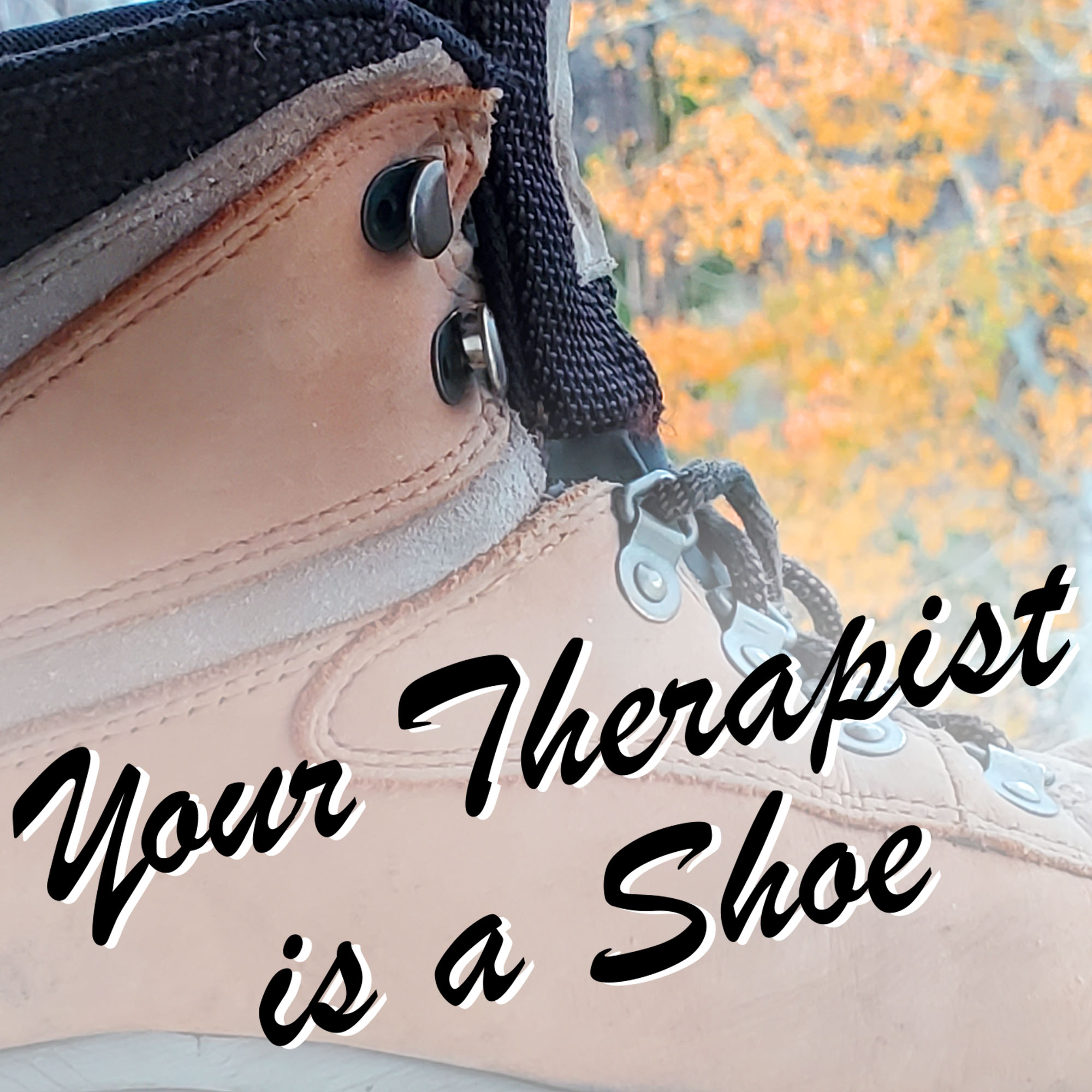

Your Therapist is a Shoe
By Ammon Cheney, Psy. D.
Published November 9, 2021
At an intake session, I provide every client I meet with this metaphor: “I see myself as a shoe. When you try on a shoe you know best whether it is a comfortable fit. Sometimes you walk around in a shoe for a bit before you decide, sometimes you know right away.” I then invite my client to meet with me six times. I let them know that at our 6th session I will ask about the “fit”; more specifically, “Are you seeing progress toward your therapy goals?” and “How is our relationship doing?” I also inform them that if they know this is not a good fit prior to that session, or if they have gotten what they want out of treatment earlier than that, we can discuss referrals or termination earlier.
For me, informing the client of the shoe metaphor is important because research has strongly suggested that the relationship (“alliance” in psycho-babble) between the client and therapist is one of the best predictors of a positive outcome from therapy*. I want clients to know that if something feels off, it is important to talk about it. Maybe I, or your therapist, can collaborate better to adjust treatment delivery in a way that fits better for you. I believe that a good therapist is open to the idea that they cannot be the right fit for every client. Besides varying personalities and demographic traits that may introduce conflict to a relationship, therapists utilize various interventions (e.g. process focused therapy, empty chair exercises, homework, etc.) from a variety of therapeutic orientations (Psychodynamic, Cognitive Behavioral Therapy (CBT), Acceptance and Commitment Therapy (ACT), Eye Movement Desensitization and Reprocessing (EMDR), Gestalt, etc.).
Open communication is important. Some shoes are just boots and some are just sandals; however, most therapists have some capacity to be flexible and adjust if they know something does not feel right for their client. Furthermore, if you tell your therapist that you do not feel your needs are being met, your therapist may know what kind of shoe would fit; a therapist may be able to change their modality or may be able to refer you to a better resource. A therapist’s priority is to the well-being of the individual client, not to being the right fit for every client.
Shoes are people too. One of the biggest flaws in this metaphor is that it might be interpreted in a manner which dehumanizes the therapist and minimizes the consequences of client neglecting their responsibilities. You get to choose whether or not you wear a certain shoe each day, but if you don’t cancel therapy 24 hours ahead of time, you will be charged for the missed appointment, and at UVU SHS, the therapist will wait 15 minutes to be utilized, before determining that a client is a “no-show” for a given session. It is uncourteous to simply not show up. Therapists also set boundaries to ensure ethical and professional standards are upheld. In keeping with making sure the relationship is healthy, neither the shoe or the wearer should abuse the other, this looks like attending to interpersonal slights committed by either party. I’m certain holes can be poked in my favorite metaphor, but I also think it has broad application that benefit therapists as well as clients.
*Horvath, A. O., & Symonds, B. D. (1991). Relationship between working alliance and outcome in psychotherapy: A meta-analysis. Journal of Counseling Psychology, 38, 139–149. doi:10.1037/0022-0167.38.2.139

